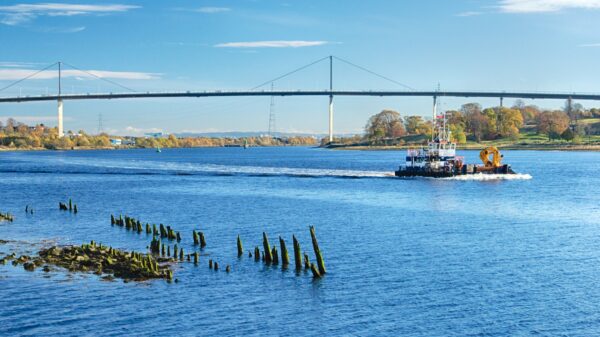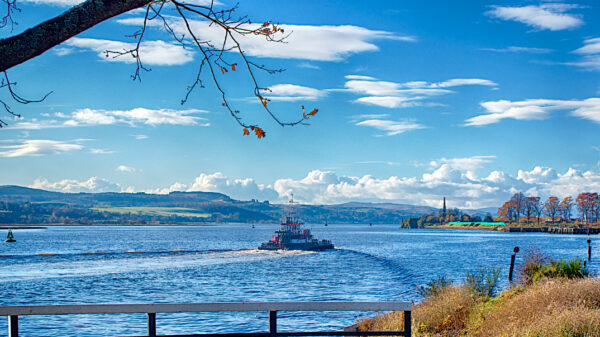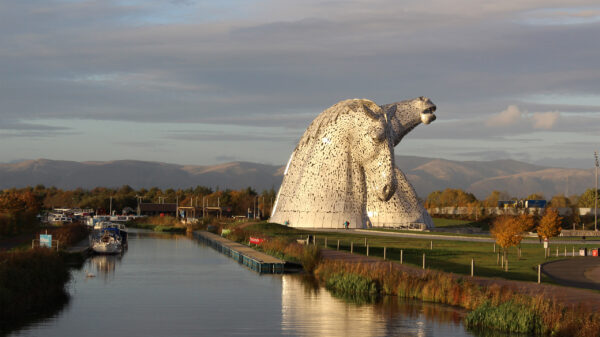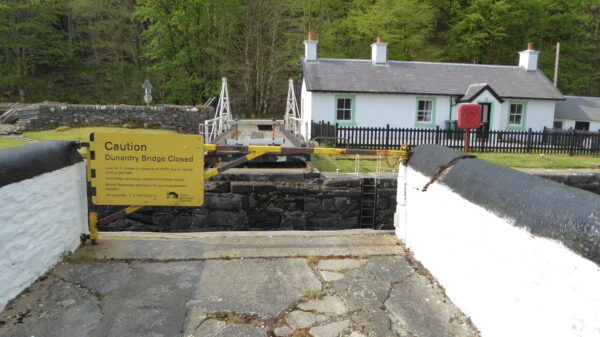Unlike their Lowland counterparts abandoned during the 1960s, both Highland Canals have been in continuous use since their completion: the Crinan in 1809 and the Caley (as it is affectionately known locally) in 1822.
Once the domain of Clyde Puffers, fishing boats and passenger steamers, the Crinan Canal today plays host to the occasional workboat and to yachts from all over Europe and beyond. Its 15 locks and seven moveable bridges are self-operated by their crew, although it is possible to engage the services of ‘pilots’ to assist: a rôle that would have been fulfilled by ‘hobblers’ on waterways south of the border.
The eastern end of the canal joins Loch Gilp (a modest inlet on the west coast of Loch Fyne) at the small port of Ardrishaig, established to support the 19th century herring fishery, and now an important outlet for local timber. In 2017 part of the pier collapsed, threatening the timber-based economy. IWA campaigned for its repair, ultimately helping to persuade Transport Scotland to part with £1.7 million to return it to use 18 months later.





